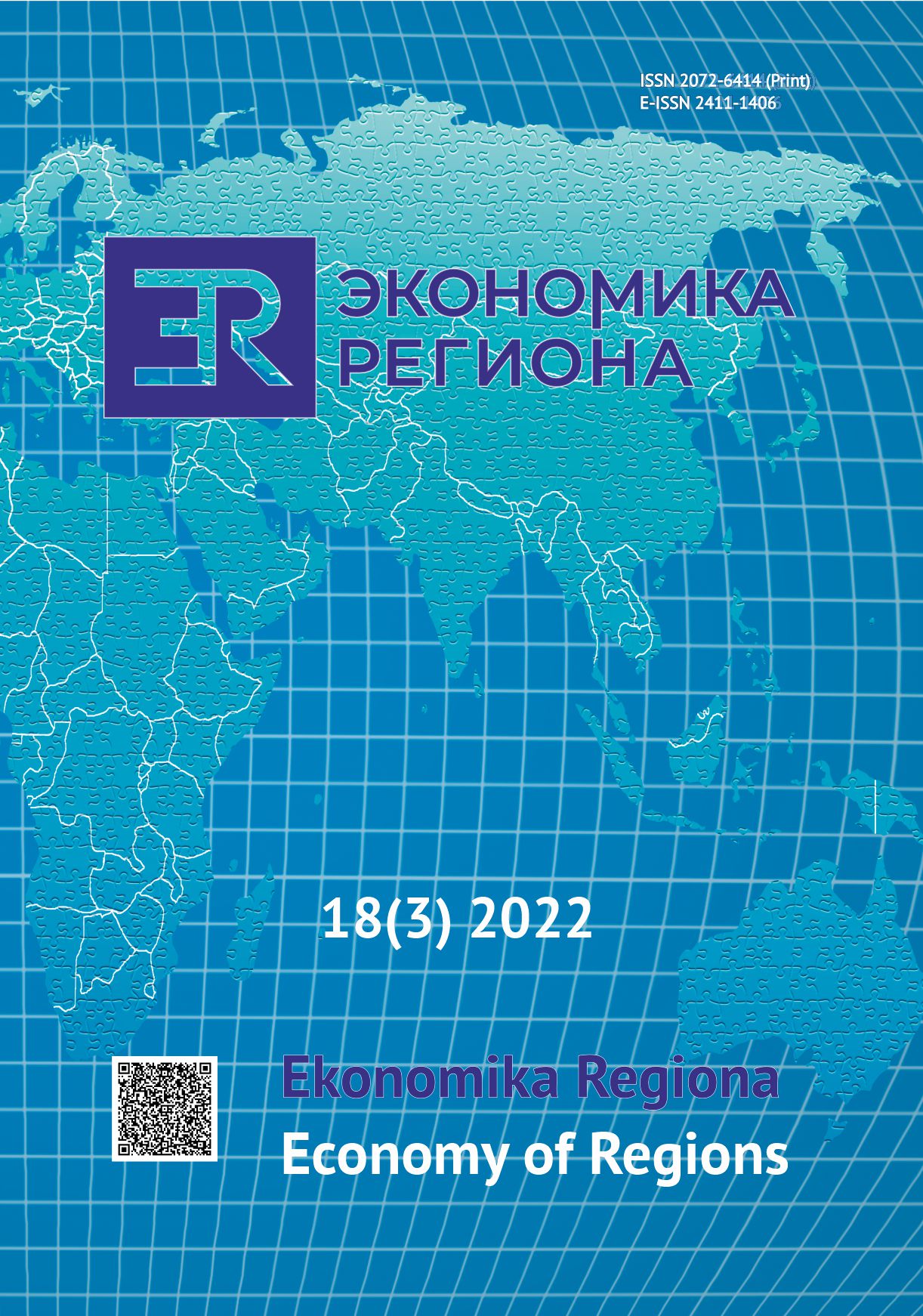Testing Unemployment Hysteresis with Multi-Factor Panel Unit Root: Evidence from OECD Countries
Testing Unemployment Hysteresis with Multi-Factor Panel Unit Root: Evidence from OECD Countries
Author(s): Gökhan Konat, Muhammet Fatih CoşkunSubject(s): Labor relations, Socio-Economic Research
Published by: Институт экономики Уральского отделения Российской академии наук
Keywords: unemployment; hysteresis; tax wedge; trade union density; minimum wage; panel data; cross-section Augmented Dickey-Fuller; multifactor; unit root; OECD;
Summary/Abstract: Hysteresis is a dominant feature of unemployment in numerous countries. According to the hysteresis hypothesis, it is a well-known fact that high unemployment may persist and remain an economic threat in the long run if policy measures are not taken. In this study, it is tested whether the unemployment rates for 10 selected countries of the Organisation for Economic Co-operation and Development (OECD) (Belgium, Canada, Czech Republic, Estonia, France, Japan, Netherlands, Spain, Britain and the USA) contain unit root or not, in other words, whether the hysteresis effect is valid for these countries. For this purpose, this study utilises the concept of the multi-factor panel unit root test proposed by Pesaran, Smith and Yamagata. This method measures cross-section dependence through factors. The test analyses whether the unit root is valid or not, using information about a sufficient number of additional explanatory variables. The characteristic of these additional variables is that they must share a common factor with the variable whose stationarity is tested. It is accepted that this common factor causes cross-sectional dependence. We have taken tax wedge, trade union density and minimum wage as factors that cause cross-sectional dependency and affect unemployment hysteresis. In this test developed by the authors, in the case of a multi-factor error structure, the test procedure is completed by using the information contained in 3 additional variables. The study explores not only the validity of unemployment hysteresis but also the factors that affect the rigidity of the unemployment rate. However, the research was unable to encompass the entire OECD countries and all times because of the lack of data. The results showed that the hysteresis is valid for 10 selected OECD countries.
Journal: Экономика региона
- Issue Year: 18/2022
- Issue No: 3
- Page Range: 742-754
- Page Count: 13
- Language: English

